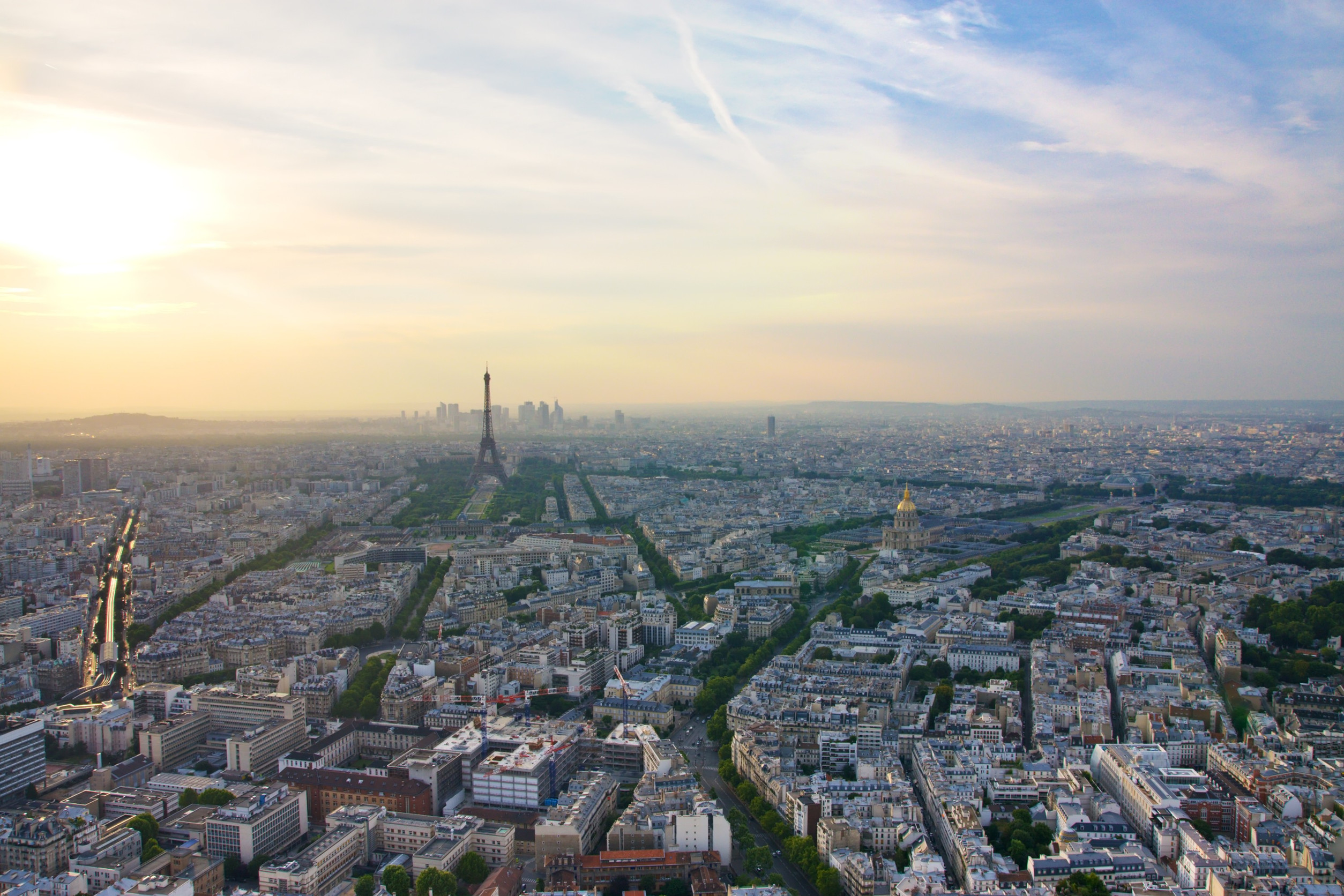Last September, Washington D.C. passed the Vision Zero Enhancement Omnibus Amendment Act of 2019. The law, modeled after one in Cambridge, Massachusetts, takes a novel approach to designated bike lane development and is expected to boost bicycle use and safety in the city. How does it work? Let’s take a look.
The law mandates that if a section of road has been pre-identified as a candidate for a protected bike lane, bus-only lane, or private-vehicle-free corridor, and goes under construction, the lane or lanes must be added during this construction process. Essentially, it ensures that, where possible, bike lanes are automatically added during routine infrastructure updates. It makes bike accessibility a priority in any city construction.
Unfortunately, it usually takes a severe traffic collision involving cyclists to encourage bike lane updates. Incorporating new bike lanes into construction prevents these incidents before they happen and cuts down on the time intensive process of approving and building each individual bike lane.
Sam Feigenbaum, a volunteer at Cambridge Bicycle Safety, told CityLab that the new law in their city has already had a positive impact. The conversation at city meetings now revolves around not whether there should be a bike lane, but rather how can it be built to be most effective and accessible.
D.C. is notably ten times larger than Cambridge, but advocates for the law are confident it will improve cycling access and safety, especially for the city’s most vulnerable populations.
D.C. Councilmember Charles Allen, an author of the Vision Zero bill, told CityLab, “the pandemic has exposed structural inequities that go certainly on health and unemployment, but also on access to transit and the ability to move safely around your neighborhood.” Half of the traffic deaths in D.C. last year occurred in Wards 7 and 8, neighborhoods with primarily residents of color. The bill will be particularly beneficial for improving safety in these marginalized communities which are already neglected when it comes to critical infrastructure updates, let alone amenities like bike lanes.
Ultimately, supporters of the bill hope that the increased bike lanes will encourage more people to bike and to bike safely. Feigenbaum says, “A significant portion of the population wants to bike but doesn’t because they think it’s too scary and dangerous. And hopefully, it’ll just begin to feel more familiar to folks. Busy streets have protected bike lanes. That’s just how it is. It’s a basic safety requirement.”











